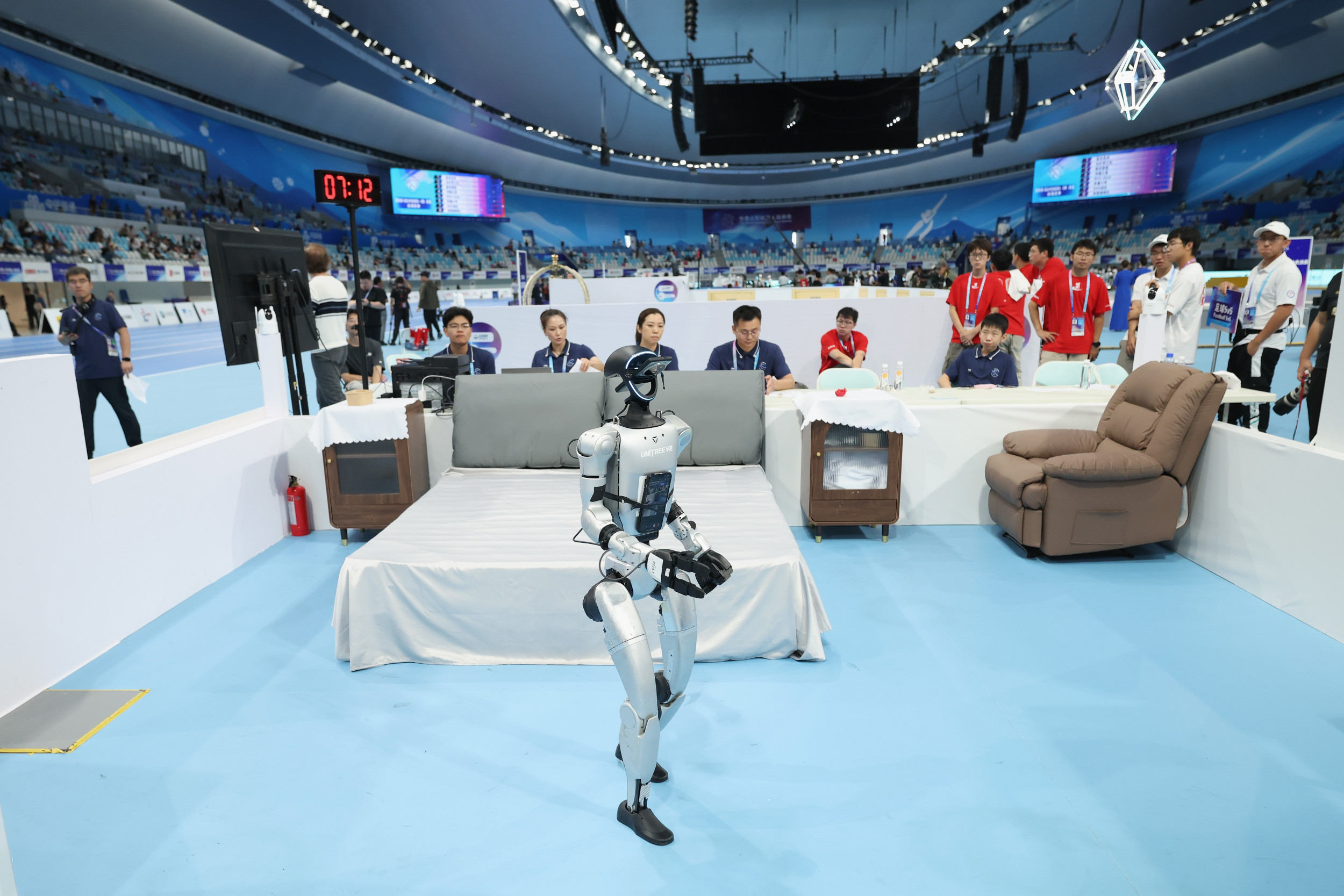
The Rise of Humanoid Robots: A Solution for Our Aging World
The demographic shift towards an aging global population presents significant challenges, particularly in elder care and the workforce. Humanoid robots are emerging as a promising technological solution, offering the potential to fill critical gaps in support and assistance for seniors, and potentially revitalizing industries. This post explores the growing role of these advanced machines.
Addressing the Elder Care Crisis
As the number of elderly individuals requiring care continues to increase, the strain on human caregivers and healthcare systems is becoming unsustainable. Humanoid robots are being developed with sophisticated capabilities to alleviate this pressure.
- Companionship and Social Interaction: Many humanoid robots are designed to provide companionship, engage in conversation, and monitor the well-being of seniors, combating loneliness and isolation.
- Assistance with Daily Living: These robots can perform a range of tasks, from reminding individuals to take medication to assisting with mobility and even simple household chores, enhancing independence.
- Monitoring and Health Management: Advanced sensors and AI allow robots to detect falls, monitor vital signs, and alert human caregivers or medical professionals to potential health emergencies.
Transforming the Workforce and Economy
Beyond elder care, humanoid robots have the potential to address labor shortages across various sectors, particularly those experiencing a decline in human workers. Their adaptability and increasing dexterity make them suitable for a wide array of roles.
- Filling Labor Gaps: In industries like manufacturing, logistics, and even agriculture, where worker shortages are prevalent, humanoid robots can undertake repetitive or physically demanding tasks.
- Enhanced Productivity and Safety: Robots can operate for extended periods without fatigue and perform tasks in environments that may be hazardous for humans, leading to increased efficiency and reduced workplace accidents.
- Economic Stimulation: The development, manufacturing, and deployment of humanoid robots are creating new industries and job opportunities, contributing to economic growth.
In conclusion, the development and integration of humanoid robots represent a significant technological advancement with the potential to profoundly impact society. By offering solutions to the growing needs of an aging population and addressing workforce challenges, these intelligent machines are poised to play an increasingly vital role in our future.